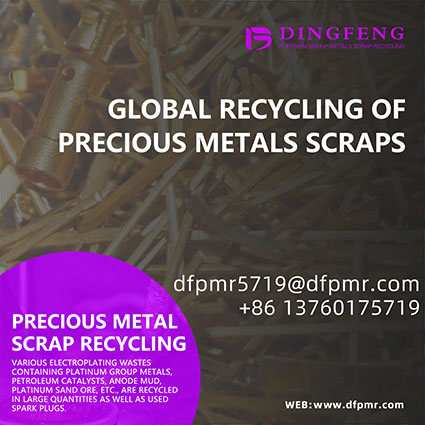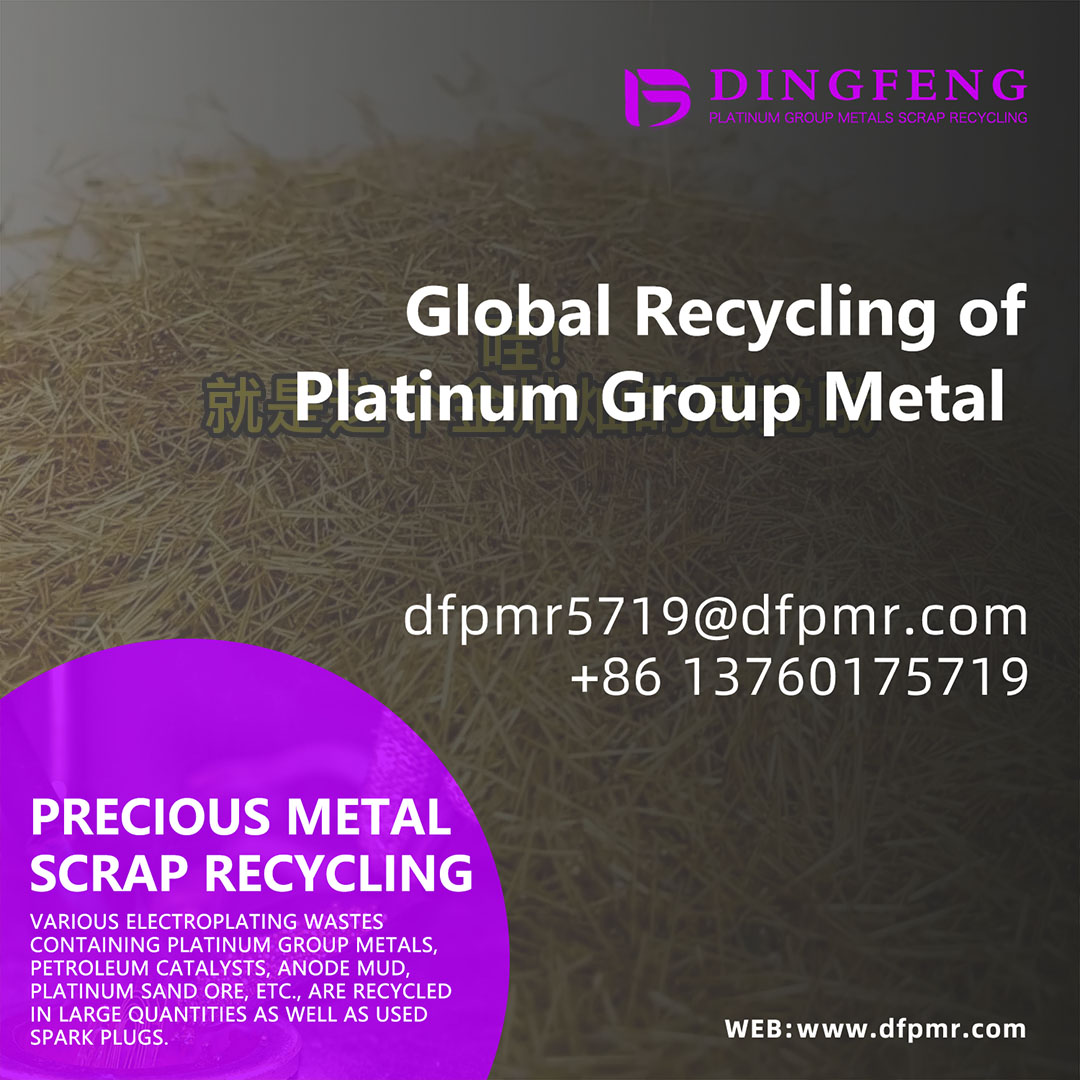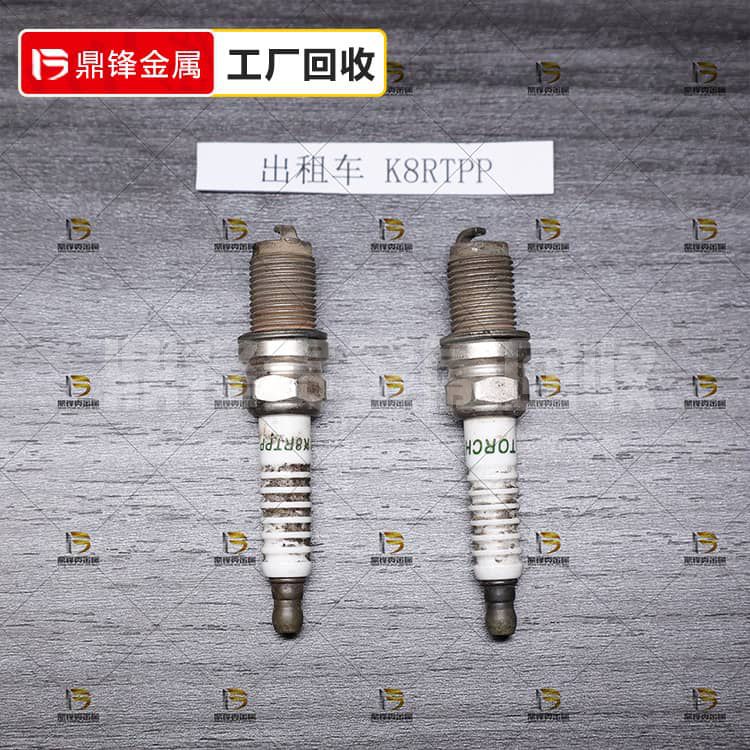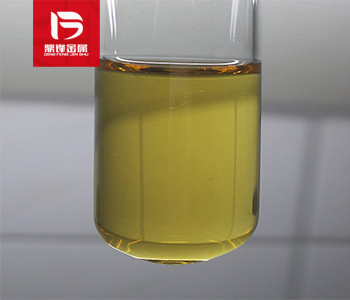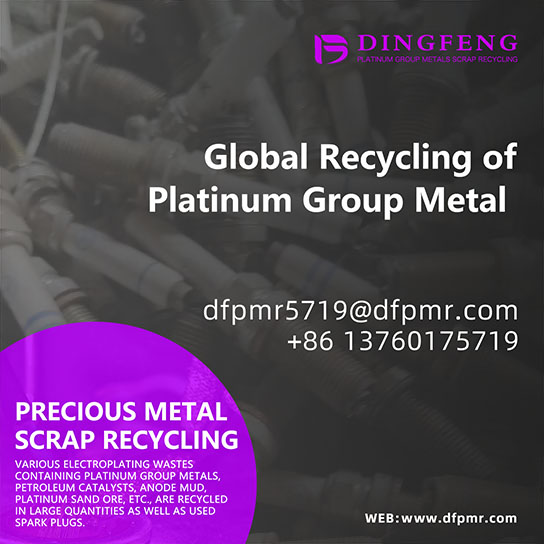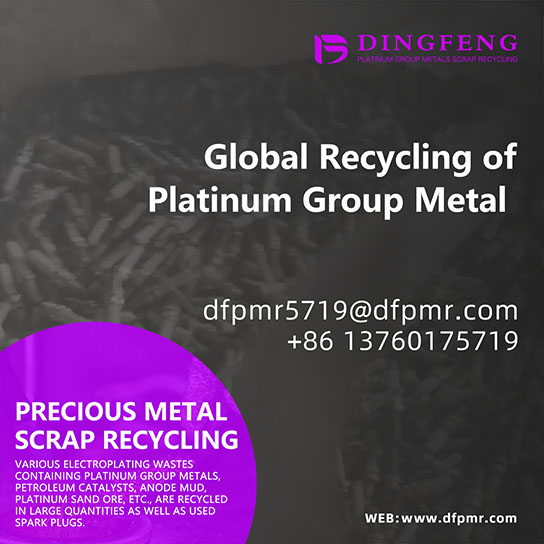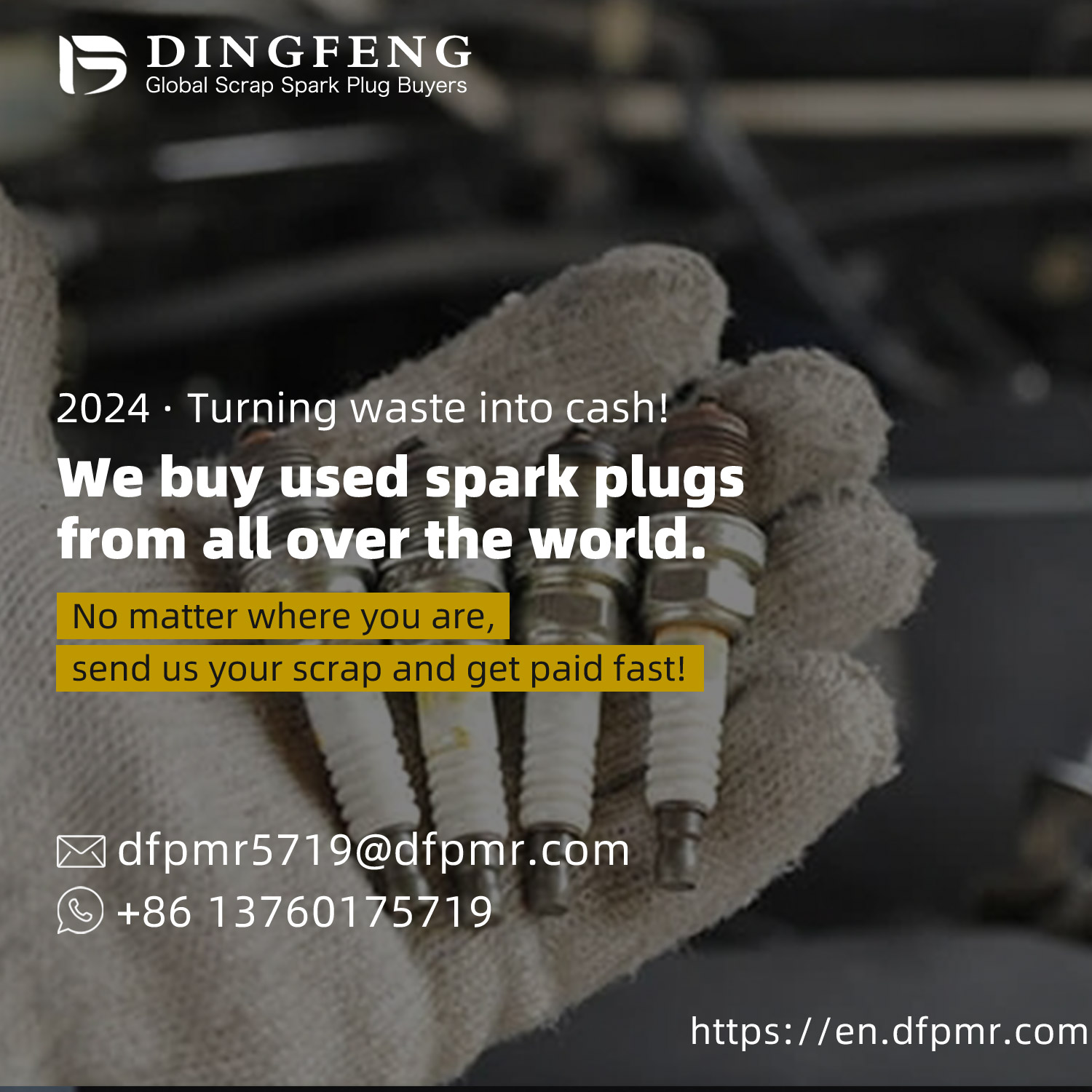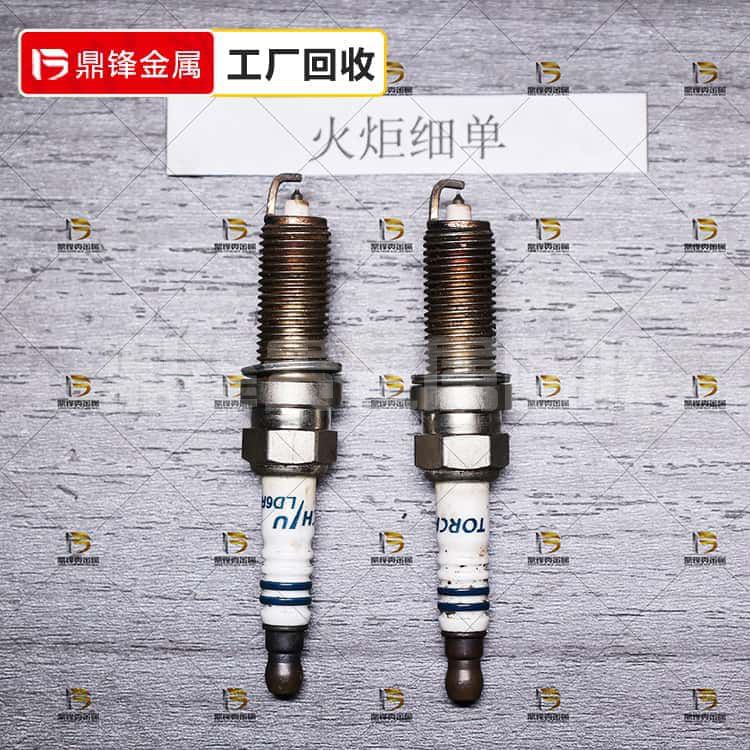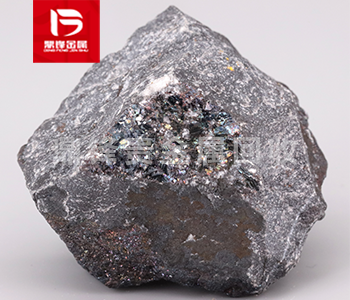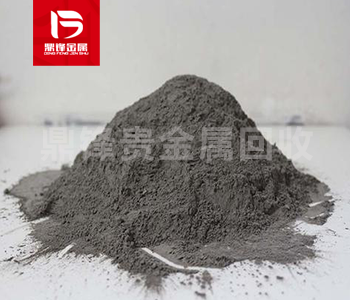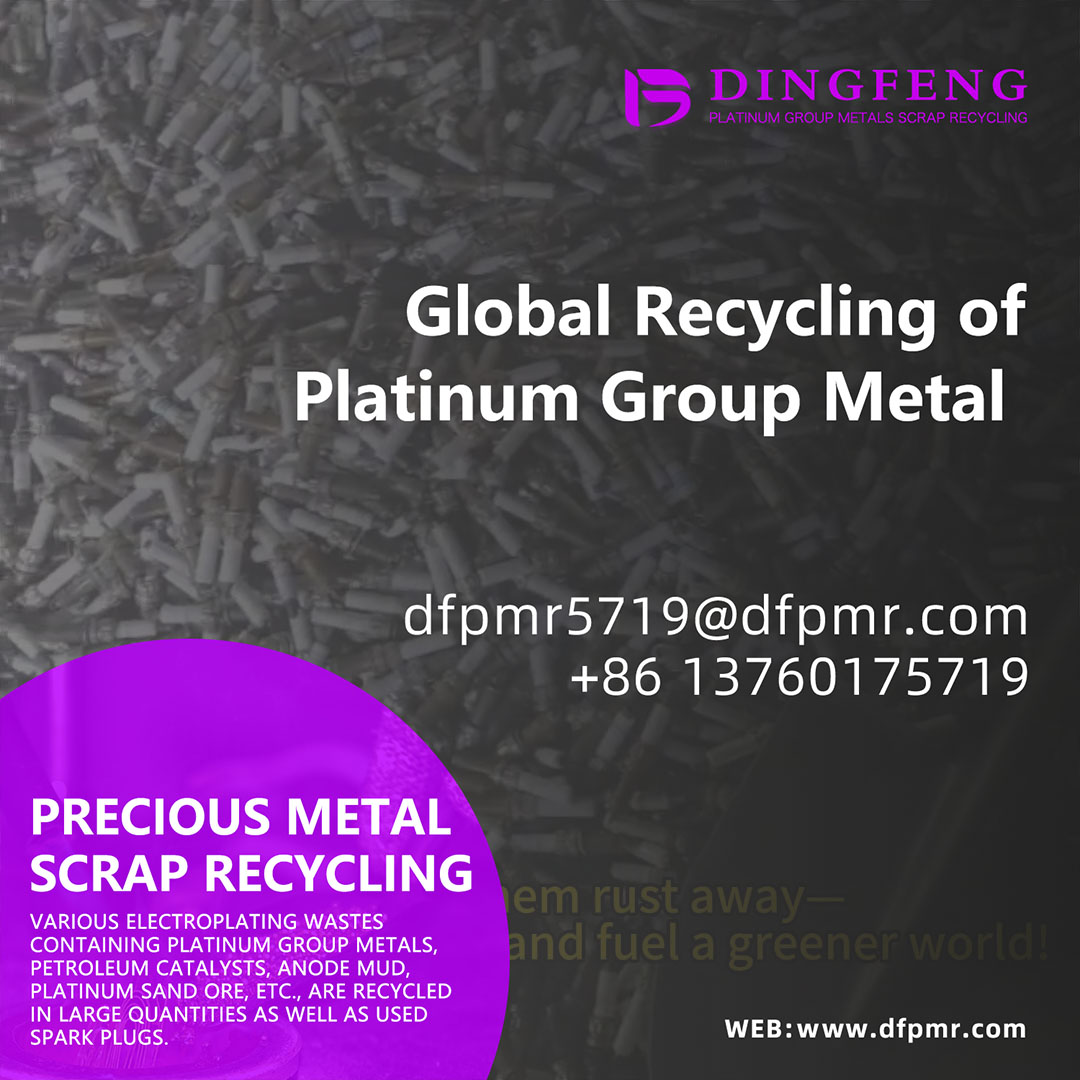Dingfeng Precious Metals Recovery: Comprehensive Analysis and Considerations
Dingfeng’s approach is technically robust, emphasizing eco-friendly practices and high recovery rates. Strengths include non-cyanide methods and adherence to global standards. To build trust, expanding transparency on waste management, certifications, and customer-specific protocols (e.g., data security) would be beneficial. Addressing scalability, assay processes, and international logistics will further solidify their position as a leader in sustainable precious metal recovery.
Product Details
1. Process Overview:
Dingfeng employs a four-step process for gold recovery:
Sorting/Pre-Processing: Manual or mechanical separation of gold-rich components (e.g., CPU pins, IC chips).
Chemical Stripping: Non-cyanide methods like aqua regia (nitric + hydrochloric acid) or thiourea leaching dissolve gold. Electrolysis may supplement recovery.
Purification: Selective precipitation (e.g., ferrous sulfate) or solvent extraction (e.g., dibutyl carbitol) removes impurities (Cu, Ni), achieving 99.9%+ purity.
Smelting/Refining: Gold powder is melted into dore bars (90-99% purity), then electrolytically refined (e.g., Wohlwill process) to 99.99% LBMA-standard gold.
2. Technical Validity:
Aqua Regia & Thiourea: Aqua regia is effective but hazardous; thiourea offers safer, albeit costlier, alternatives. Suitable for varying scrap grades.
Electrolysis: Likely used for electroplating gold from solution, enhancing purity.
Purification Methods: Industry-standard techniques ensure high yields.
Recovery Rates: 95%+ is feasible with optimized processes, though dependent on scrap type (e.g., thicker plating in older electronics improves yields).
3. Environmental and Safety Compliance:
Non-Cyanide Methods: Align with RoHS/EPA standards, reducing toxic waste.
Waste Management: Neutralization and treatment of acidic waste (e.g., metal precipitation) are critical. Details on in-house vs. third-party disposal needed.
Safety Protocols: Handling corrosive chemicals (aqua regia) requires PPE, ventilation, and trained personnel.
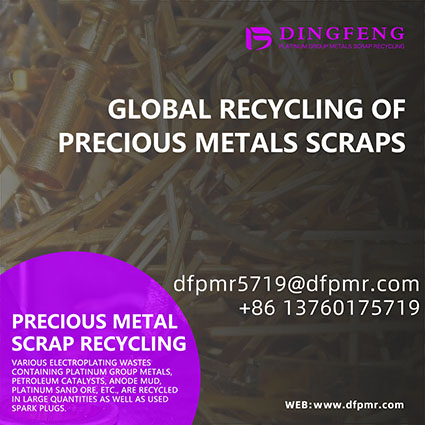
4. Operational Considerations:
Scalability: Capability to handle both small (individual) and bulk (industrial) shipments.
Pricing Transparency: Assay-based valuation linked to gold market prices, minus processing fees. Clarification on payment structures (e.g., spot price vs. fixed rates) would enhance trust.
Logistics & Compliance: Secure, documented global shipping adhering to Basel Convention for e-waste. Customs management for international clients is crucial.
5. Customer Assurance:
Certifications: Third-party audits (e.g., ISO 14001) could validate environmental and efficiency claims.
Case Studies: Examples of successful recoveries (e.g., military/aerospace scrap) would demonstrate expertise.
Data Security: Protocols for destroying sensitive data on electronic components (e.g., hard drives) may reassure clients.
6. Open Questions and Recommendations:
Waste Handling: Clarify methods for neutralizing/storing chemical byproducts.
Material Recycling: Disposition of non-gold materials (e.g., Cu, plastics)—recycled, returned, or responsibly disposed?
Turnaround Time: Average processing duration and factors affecting it (e.g., scrap complexity).
Customer Education: Provide guidelines on preparing/scoring scrap to optimize recovery rates.
Dingfeng’s approach is technically robust, emphasizing eco-friendly practices and high recovery rates. Strengths include non-cyanide methods and adherence to global standards. To build trust, expanding transparency on waste management, certifications, and customer-specific protocols would be beneficial. Addressing scalability, assay processes, and international logistics will further solidify their position as a leader in sustainable precious metal recovery.


